Strategies to Maximize Your 401(k)
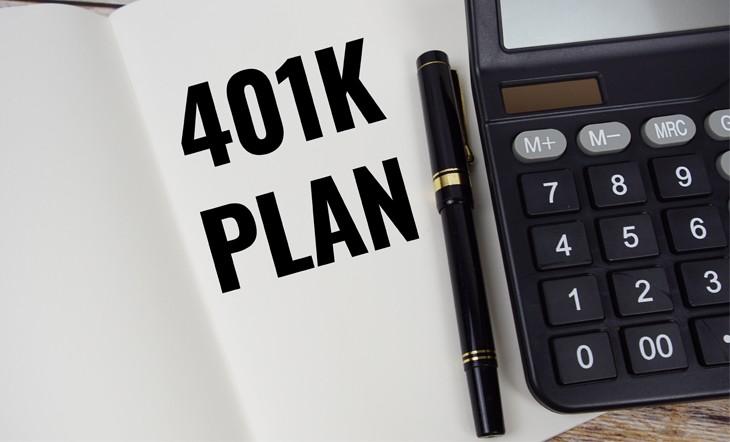
Maximizing your 401(k) is essential to secure a comfortable retirement. While you cannot predict or control market fluctuations, you do have the power to make informed decisions that help you take full advantage of your 401(k).
If you have ever asked yourself, “What should I do with my 401(k) right now?”— this article can guide you through some of the most effective strategies. You may also want to consider working with a financial advisor who can help you make suitable decisions about your 401(k) investments, depending on your personal goals.
Below are 5 strategies to maximize the potential of your 401(k) plan:
1. Take full advantage of your company’s match
Employer matches are one of the easiest and quickest ways to maximize your 401(k). When a company offers a match, they are essentially boosting your retirement fund at no extra cost to you. Unfortunately, many people miss out on this benefit simply because they are not contributing enough themselves. So, your primary aim should be to get the maximum match from your employer by contributing more yourself.
It is important to note that employer matching policies can vary from organization to organization. Some companies match 50% of what you contribute, up to a certain percentage of your salary. Others may match dollar for dollar, up to a specific limit. It is important to understand your company’s specific match policy to know how much it can benefit you in the long run. Details such as how much they will match, when you become eligible, and how long you need to stay with the company to fully own those contributions can all affect how much benefit you ultimately receive.
When considering a new job, the employer match should be part of the benefits package you evaluate. Although 401(k) terms are usually not negotiable, such as salary, knowing what a company offers can help you make a smarter choice. If you are comparing two job offers with similar pay, the one with a better match could have a significant long-term financial impact on your retirement nest egg.
Once you know the employer match, make it your goal to contribute at least enough to receive the full amount. If your budget is tight and you cannot afford to contribute much, try to increase your contribution gradually with every salary hike or job change. You can aim for annual increases or any other pace that suits you based on your income and future goals. Employer contributions grow in your 401(k) account just like your own. So, when they are invested alongside your contributions, they benefit from the same market gains and compounding over time.
2. Contribute up to the maximum limits each year
To make the most of your 401(k), it is not enough to rely solely on your employer's match. Contributing as much as you can, ideally up to the maximum annual limit, is also essential. The more you contribute, the more you benefit from tax advantages, compound growth, and higher matching contributions.
The Internal Revenue Service (IRS) sets 401(k) contribution limits each year, revising them over time to keep up with inflation. For 2025, you can contribute up to $23,500 to your 401(k) plan. If you are age 50 or older, you are eligible for an additional catch-up contribution of $7,500, allowing you to invest up to $31,000 in total. In addition to the standard catch-up provision, there is an enhanced catch-up contribution for individuals aged 60, 61, 62, or 63. Starting in 2025, eligible employees in this age range can contribute up to $11,250 more, instead of the regular $7,500. This change, introduced by the SECURE 2.0 Act, provides a good chance to increase your retirement savings in your final working years. In fact, this is one of the 401(k) investment strategies for 2025 if you fall into this age bracket.
Reaching these limits can significantly strengthen your long-term financial security. However, it is also important to avoid overcontributing. If you end up contributing more than the annual limit, the excess amount is considered taxable income for that tax year. What makes it worse is that when you eventually withdraw that amount in retirement, it gets taxed again. Most errors occur when you switch jobs in the middle of the year or contribute to more than one 401(k) plan. In such cases, it is possible to exceed the IRS limits without realizing it. If you do end up contributing more, you can request a corrective distribution from your plan administrator before the tax filing deadline, which is typically April 15. The excess amount, along with any earnings it generated while in the account, should be withdrawn and reported to avoid penalties and double taxation.
It is also worth noting that many 401(k) plans will automatically enroll employees and set aside a fixed percentage of each paycheck. This is known as the default contribution rate. This rate can often be much lower than the annual IRS limit. Some plans may set aside only 3% to 6% of your salary unless you manually adjust the amount. If you do not review your enrollment documents carefully, you might assume you are saving more than you actually are. So, make sure to verify, and if needed, change your contribution rate to align with your long-term goals.
3. Keep a diversified portfolio, but focus more on aggressive assets when you are young
Diversification is an effective way to protect your retirement savings while still giving them room to grow. Your age plays a big role in how you should approach it. If you are young and wondering what the best investments for a 401(k) right now are, you must understand that you have time on your side, which gives your portfolio a chance to recover from the market’s ups and downs. This makes it possible to be more aggressive with your investments. Growth stocks, for instance, can offer higher returns, even though they come with higher risk. This can be a suitable option for a younger investor in their 20s or 30s. As you get closer to retirement, your approach should gradually shift. The closer you are to needing your money, the less risk you can afford to take. At that point, it makes sense to dial down from volatile assets like growth stocks and focus more on conservative investments such as bonds or money market funds.
Target-date funds can be a simple yet effective option to achieve diversification within your 401(k). These funds automatically adjust their asset mix over time, becoming more conservative as you approach a set retirement year.
If you are unsure about how aggressive or conservative your 401(k) should be, a financial advisor can help you find the right balance. They can assess your financial situation, including income, goals, family obligations, and more, and guide you toward a strategy that works well for you.
4. Understand the rules governing your 401(k) plan
A 401(k) comes with its own set of rules that you must understand to avoid mistakes. One of the most important rules relates to early withdrawals. While it is possible to withdraw funds from your 401(k) at any time, doing so before reaching the age of 59½ typically results in a 10% penalty on the early withdrawal. This is charged on top of regular income taxes. This penalty can eat into your savings. If you want to maximize your savings, you must avoid early withdrawals and understand how your 401(k) really works.
A 401(k) withdrawal may occur in different ways. For example, when you leave a job, you may end up cashing out your old 401(k) and pocket the funds. However, unless there is an urgent financial need, this could result in that same 10% penalty and a significant tax hit. More importantly, you will lose the opportunity for those funds to continue growing tax-deferred over the coming decades. Hence, if you are met with such a situation, rolling the balance over to your new employer’s plan or into an Individual Retirement Account (IRA) is a better option.
That said, there are several exceptions to the early withdrawal penalty. You can avoid the 10% tax in specific situations, including:
- Retiring, quitting, or being laid off at age 55 or older or 50 if you are a public safety employee
- Complying with a Qualified Domestic Relations Order (QDRO) during a divorce
- Facing a personal or family emergency, allowing an emergency distribution of up to $1,000 per calendar year
- Experiencing a terminal illness or disability
- Taking a series of substantially equal payments from your 401(k)
- Rolling over funds to another retirement plan within 60 days
- Withdrawing up to $10,000 or 50% of your account, whichever is less, due to domestic abuse
- Using the funds to pay an IRS levy
- Covering qualified birth or adoption expenses up to $5,000 per child
- Having distributions made to your beneficiary or estate after your death
- Being called to active duty as a military reservist
- Recovering from economic loss caused by a federally declared disaster
- Withdrawing contributions under automatic enrollment or correcting excess contributions within specified timeframes
- Withdrawals up to $10,000 when purchasing your first home
- Paying unreimbursed medical expenses exceeding 7.5% of your adjusted gross income
The IRS also permits hardship distributions under particular circumstances. While these distributions are taxable, they may not carry the 10% penalty if they meet certain criteria. Qualifying events include:
- Significant medical expenses for you or your dependents
- Tuition, room and board expenses, and fees for the next 12 months
- Costs directly associated with purchasing a primary residence. However, this does not include mortgage payments
- Funeral expenses for a family member or dependent
- Necessary home repairs due to damage
- Money needed to prevent eviction or foreclosure
Understanding the rules surrounding your 401(k) can help you make smart decisions that keep your retirement savings intact and growing. If you are ever unsure about what qualifies, speak with a financial advisor or tax professional before making a withdrawal.
5. Understand your employer’s 401(k) policies
Your employer’s 401(k) plan comes with specific rules and features that can have a big impact on your long-term savings. It is important to understand these policies. For instance, employer contributions have a vesting period during which any employer-matched contributions are subject to specific vesting requirements. You can claim ownership of these contributions only after the vesting period is over. Some companies may offer immediate vesting, where employer contributions belong to you right away. However, in other cases, you may have to wait for some time. Understanding your company’s vesting schedule is important as it helps you plan ahead. It is particularly helpful if you are thinking about leaving your job, as quitting before you are fully vested could result in losing your employer’s contributions.
In addition to the vesting period, you must also pay close attention to the fees associated with your 401(k) plan. Most plans come with investment-related fees, which typically range from 0.5% to 2% annually. You can choose how much you pay in fees, depending on the investment options your plan offers. For example, some may have a high expense ratio which can result in lower returns, and vice versa. You can select options with low expense ratios to boost your returns. However, while low-fee options are suitable to enhance your profits, you must also understand their return and risk profile to make comprehensive decisions. A low-cost option may not always be the better choice, and it is important to evaluate an asset based on multiple factors. Nevertheless, it is advised to go through the fees and costs that come with your 401(k) plan to make more informed investment choices.
To conclude
Following the right 401(k) investment strategies and understanding how your plan works, inside and out, can help you make the most of this retirement tool. Aim to stay consistent throughout your career by contributing regularly and reviewing your investment choices as your financial goals and timeline evolve. If you have any questions, consider reaching out to your HR department or a financial advisor. Also, make it a habit to stay informed about any changes to your 401(k) plan or contribution limits so you can make timely, well-informed decisions for your financial future.
For additional information on retirement planning strategies that can be tailored to your specific financial needs and goals, visit Dash Investments or email me directly at dash@dashinvestments.com.
About Dash Investments
Dash Investments is privately owned by Jonathan Dash and is an independent investment advisory firm, managing private client accounts for individuals and families across America. As a Registered Investment Advisor (RIA) firm with the SEC, they are fiduciaries who put clients’ interests ahead of everything else.
Dash Investments offers a full range of investment advisory and financial services, which are tailored to each client’s unique needs providing institutional-caliber money management services that are based upon a solid, proven research approach. Additionally, each client receives comprehensive financial planning to ensure they are moving toward their financial goals.
CEO & Chief Investment Officer Jonathan Dash has been profiled by The Wall Street Journal, Barron’s, and CNBC as a leader in the investment industry with a track record of creating value for his firm’s clients.







.jpg)

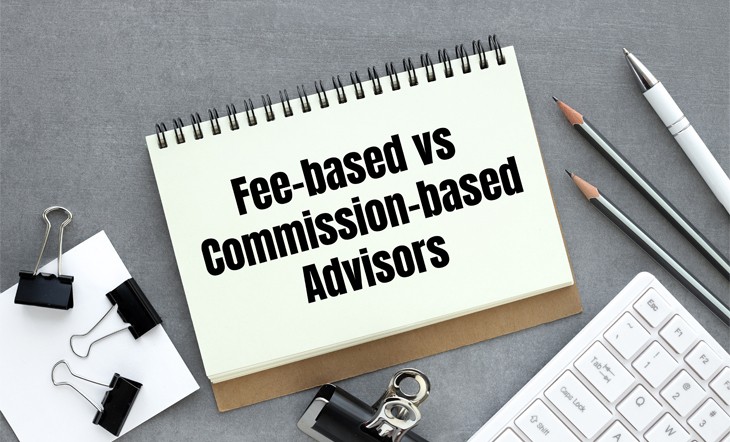










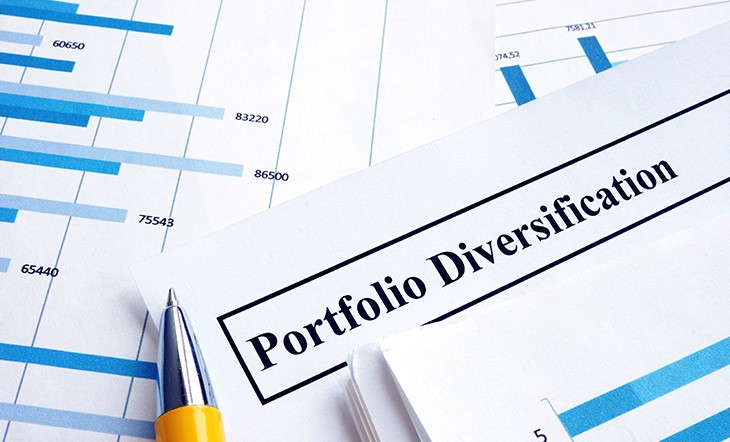
.jpg)
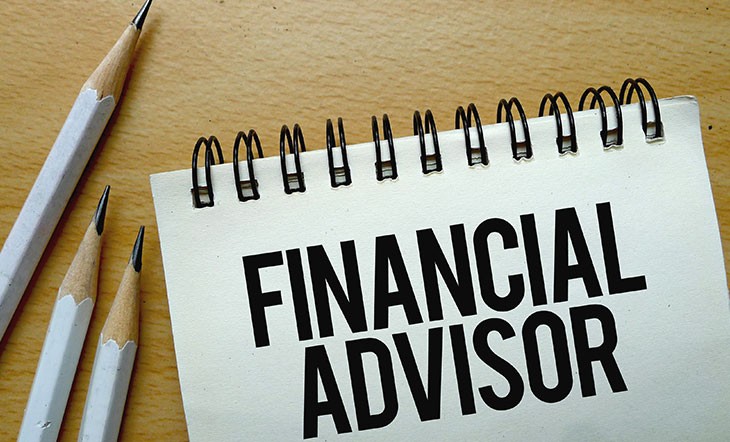
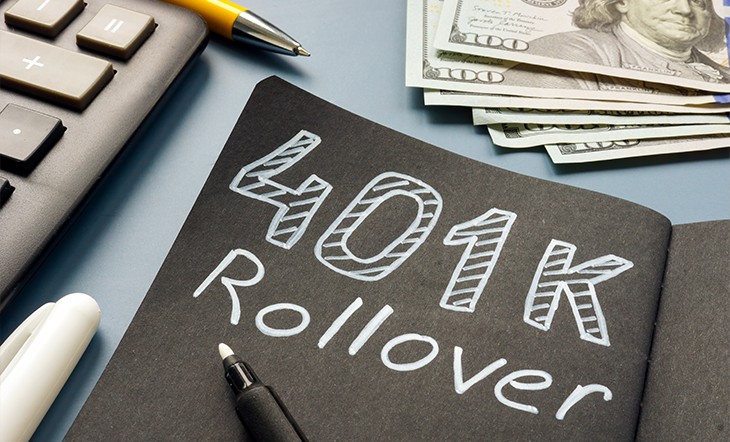



.jpg)


.jpg)


.jpg)

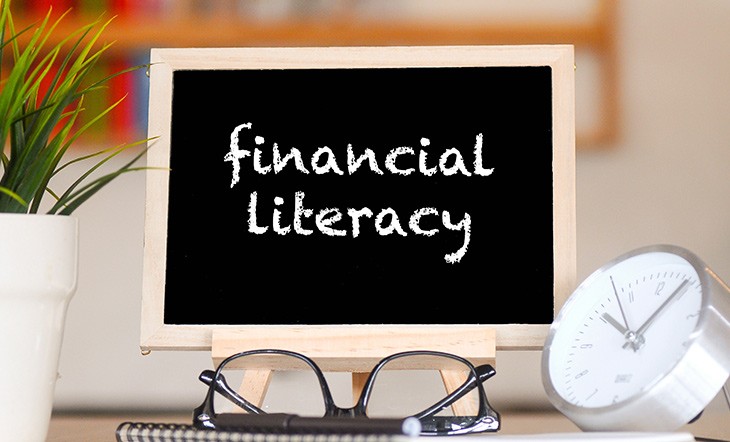












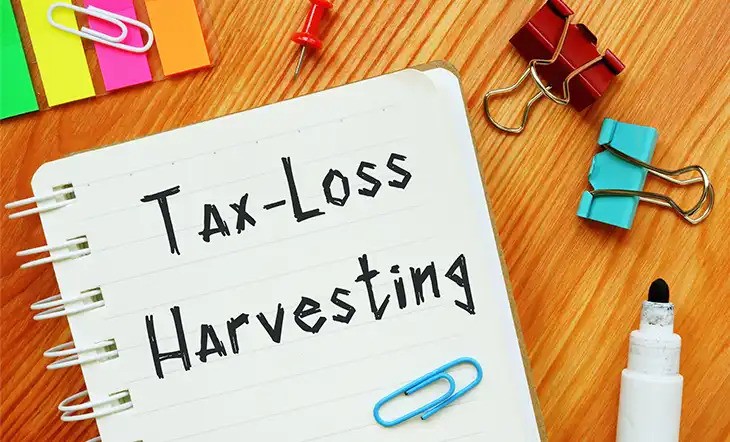
.jpg)






.jpg)



.jpg)


.jpg)

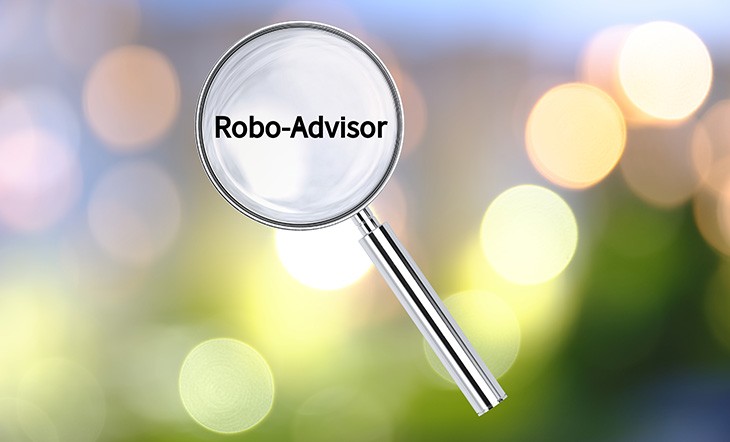



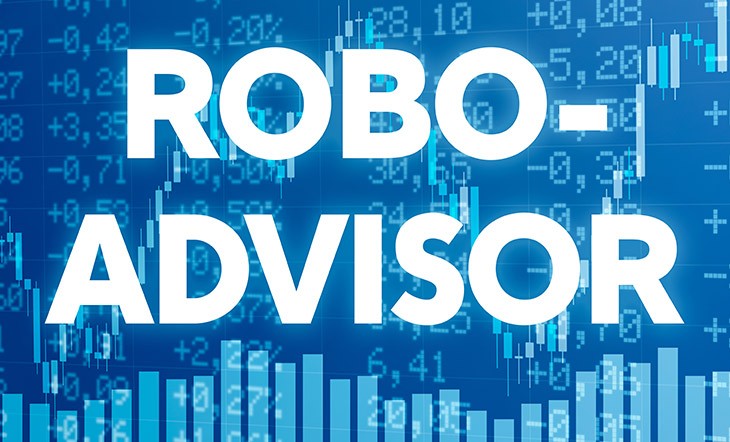
.jpg)

.jpg)






.jpg)




.jpg)

.jpg)


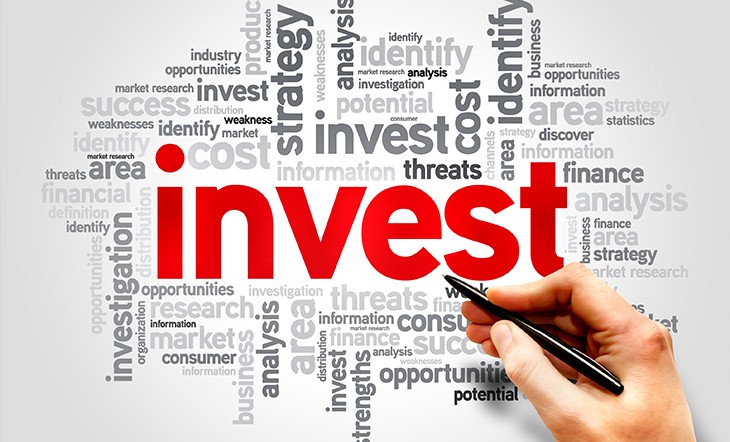
.jpg)



.jpg)


.jpg)
.png)
.jpg)





.jpg)
.jpg)

.jpg)
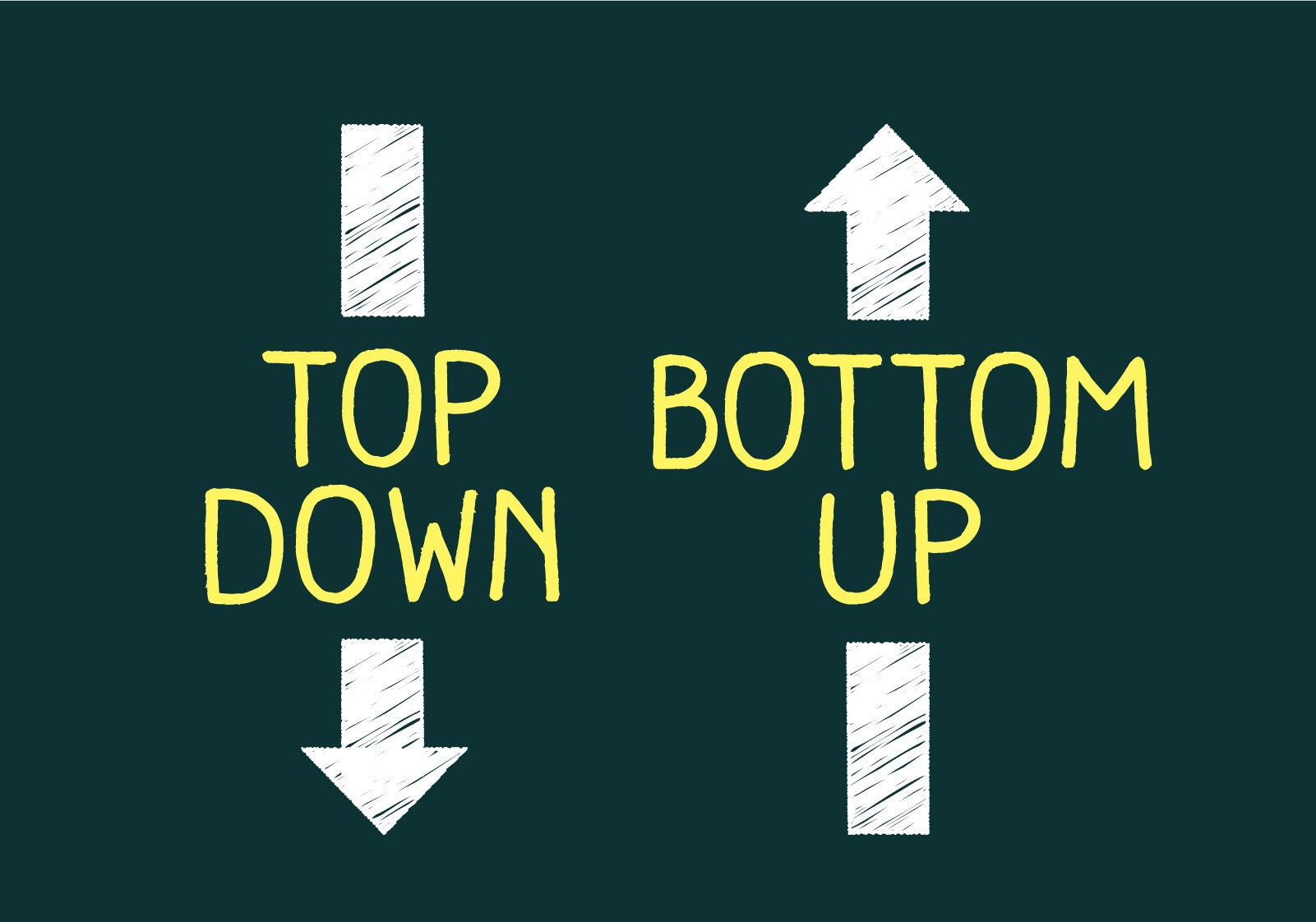


.jpg)

.jpg)

.jpg)
.jpg)
.jpg)

.jpg)

.jpg)




.jpg)


.jpg)


.jpg)
.jpg)

.jpg)
.jpg)
.jpg)
.jpg)

.jpg)



.jpg)
.jpg)


.jpg)
.jpg)
.jpg)
.jpg)

.jpg)
.jpg)












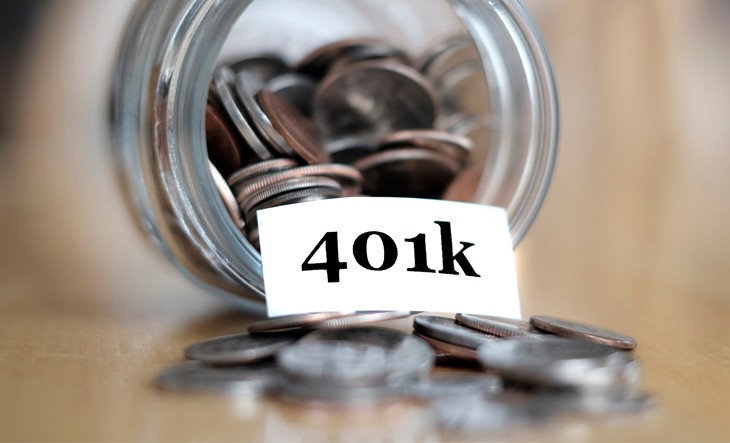


.jpg)



.jpg)


.jpg)


.jpg)











.jpg)



